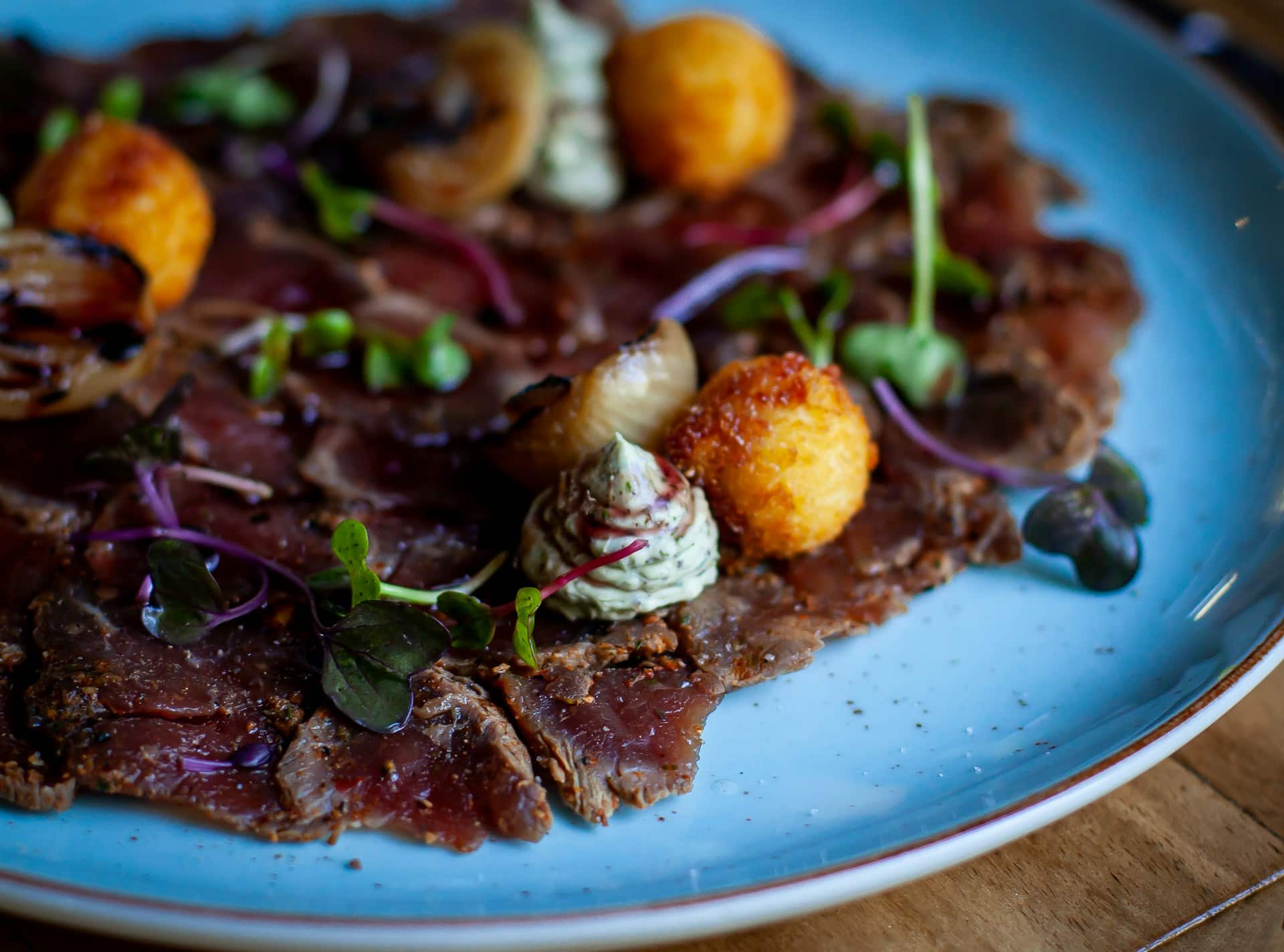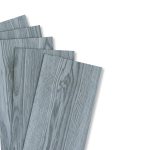Did you ever think that the vibrant blossoms blooming in your garden could be more than just a visual treat? Yes, some flowers can actually be a part of your culinary adventures. Just imagine a plate full of edible flower recipes, a salad sprinkled with fresh petals, a cake adorned with flower blossoms, or even a cup of tea infused with floral flavor. Intriguing, isn’t it? No matter if you are a professional chef or an amateur cook, this guide will aid you in garnishing your food and beverages with edible flowers, adding a unique twist, and delighting your taste buds with its distinctive flavors.
1. Identifying Edible Flowers
Before we dive into the realm of edible flower recipes, it’s vital to understand which flowers are safe to eat. Not all flowers are edible, and some could even be toxic if ingested. The most popular edible flowers include roses, lavender, violets, hibiscus, and calendula. You will also find edible blossoms on herbs like sage, rosemary, and thyme.
A lire en complément : The secrets to perfect homemade pizza
When it comes to roses, the petals are usually used in recipes. They can add a subtle floral flavor when added to salads, cakes, or used as a garnish. Lavender is another edible flower that is famed for its sweet taste and fragrant aroma. It is commonly used in baking and also to flavor sugar, honey, and tea.
Picking edible flowers from your own garden is the safest bet, as you can be sure they haven’t been sprayed with pesticides. Always wash the flowers thoroughly before using them in your recipes.
A lire aussi : The ultimate guide to crafting homemade pies
2. Incorporating Flowers into Recipes
Now that you’ve got a handle on which flowers you can eat, let’s explore how to incorporate them into your recipes. One of the best ways to utilize these natural beauties is by adding them to salad. Adding edible flowers to salads not only gives them a colorful lift but also enhances the overall flavor of the dish.
To make an edible flower salad, start by selecting a variety of fresh flowers. Then, combine your choice of lettuces, spinach, or other salad greens. Toss in the edible flowers and add your favorite dressing. The flowers will add an unexpected pop of color and flavor to your salad.
Flower petals can also be used in baking to create a beautiful and delicious cake. Just add rose petals or lavender flowers to your cake batter before baking. The petals will infuse the cake with a delightful floral flavor.
3. Flower-infused Drinks
Flowers can also be used to add a floral note to your beverages. Infusing your tea with flowers like chamomile or lavender is a wonderful way to enjoy their therapeutic benefits. Just boil water, add the flowers, and let it steep for a few minutes. Strain the tea and enjoy a relaxing cup of flower-infused tea.
You can also make a refreshing flower-infused water by simply adding edible petals to a pitcher of water and letting it sit for a few hours. This will not only add a subtle flavor to the water but will also make it visually appealing.
4. Using Flowers as Garnish
Edible flowers make an excellent garnish for both savory and sweet dishes. You can use flowers to garnish anything from salads to desserts. Smaller flowers and petals can be scattered whole over the dish, while larger flowers can be used as a centerpiece.
For instance, you can adorn your cake with a cluster of fresh violets or garnish a spring salad with bright marigold petals. Don’t forget that the flowers are not only there for their looks but also their flavor, so choose a garnish that complements the dish.
5. Preserving Flowers for Later Use
Flowers are seasonal, but that doesn’t mean you can’t enjoy them in your recipes all year round. One way to ensure that you have a supply of edible flowers throughout the year is by preserving them. You can dry flowers by hanging them upside down in a warm, dry place. Once they are dried, store them in an airtight container, away from light.
Another popular method is to freeze the flowers in ice cubes. This way, you not only have preserved flowers, but also a stunning addition to your drinks. Just add water to an ice cube tray, place a flower in each compartment, and freeze.
6. Safety Precautions
While edible flowers can add a unique touch to your food and drinks, it’s essential to consume them responsibly. Always ensure that the flowers you are using are indeed edible and haven’t been treated with any harmful pesticides or chemicals. If you have allergies, be cautious when trying edible flowers for the first time.
With these guidelines, you will be able to create stunning dishes that not only look beautiful but also have a unique floral taste. So, why wait? Start incorporating these vibrant blossoms into your culinary creations today.
7. Advanced Edible Flower Recipes
Having discussed the basics of using edible flowers in your meals, it’s time to dive a little deeper. Let’s explore some unique and mouth-watering edible flower recipes that will take your culinary skills to another level. From savory dishes to sweet delights, edible flowers can add an exotic touch to your cooking.
One popular savory dish is smoked salmon with chive flowers. The purple blossoms of chive flowers not only add a pop of color but also offer a subtle onion-like flavor that complements the smoky salmon perfectly. Combine this with some goat cheese for a creamy texture and you have a star dish for your dinner parties.
Edible flowers also work beautifully in desserts. Orange blossom shortbread cookies are a delightful treat that exhibits the sweet, citrusy flavor of the orange blossoms. Simply add orange blossom water to your regular shortbread cookie recipe and finish off with some dried orange blossoms for a fresh, floral touch.
Or, if you are a fan of gluten-free recipes, try using edible flowers like rose petals in your dishes. A simple yet delicious dish is a gluten-free rose petal cake. The rose petals not only provide a beautiful appearance but also lend a delicate floral flavor to the cake.
These are just a few examples of how you can incorporate edible flowers into your recipes. Don’t be afraid to get creative and experiment with different flower combinations to discover new, exciting flavors.
8. Edible Flower Tips for Special Occasions
Edible flowers can turn any occasion into a special affair with their vibrant colors and unique flavors. They are especially perfect for events like Mother’s Day or a romantic dinner. Here you will find some tips on how to use edible flowers to make these occasions even more memorable.
On Mother’s Day, surprise your mom with a beautiful flower cake. You can use rose petals or violets to add a feminine touch to the cake. Pair it with a cup of tea infused with the same flowers for a complete floral experience.
For a romantic dinner, consider using edible flowers in your salad or main course. You can use bright red or pink flowers like roses to symbolize love and passion. Finish off the meal with a dessert adorned with delicate white flowers for a touch of elegance.
Now that you have learned how to use edible flowers in your cooking, why not try creating your own flower recipes? The possibilities are endless and the results can be absolutely stunning.
Conclusion
Incorporating edible flowers into your dishes is more than just a culinary trend, it’s a way to bring nature’s beauty to your dining table. From salads to cakes and drinks, these colorful blossoms can transform any dish into a feast for the eyes and the palate. However, remember to ensure that the flowers you are using are safe to eat and free from harmful pesticides.
Whether you are a professional chef looking for new inspirations, or a home cook wanting to experiment, edible flowers offer endless culinary possibilities. So, go ahead and explore the world of edible flowers. You’ll be surprised at how these vibrant blooms can elevate your cooking and impress your guests.
We hope you enjoyed this guide and feel inspired to try out these culinary delights. So, continue reading our blog for more such interesting ideas and recipes. Happy cooking!






